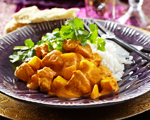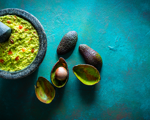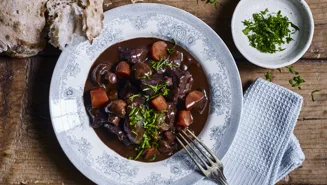
Beans belong to the legume family alongside lentils and peas, but bean protein specifically refers to the type derived from beans. If we look at proteins in general, they contribute to muscle growth and maintenance. You can also get protein from animal-based diets, but if you are looking for plant-based alternatives, proteins from beans are a popular choice with great versatility.
When scouring for bean protein, you might find it hard to locate exactly what you are looking for by using that term. The reason is that while all types of beans contain protein, they are typically referred to by their names. In other words, they are called black bean protein, edamame bean protein, kidney bean protein and so on.
Below, we take you through some of the many types to help you get a better understanding of your options and which beans are high in protein.
If you want to know more, try looking at our article about plant-based protein. You can also check our lists of protein fruits and top 15 high-protein vegetables.

Are beans high in protein?
Yes, in general, beans are high in protein. The exact value varies depending on the type of beans and the preparation, but they are all popular choices, especially among those following a plant-based diet.
Since most food options from the legume family are incomplete proteins, it is common practice to combine beans with other sources to obtain a complete protein meal. For instance, if you want to maintain a plant-based diet, consider looking at soy-based options as they constitute complete proteins.
Kidney beans
Shaped like a kidney, this type of bean is native to Central and South America, which is why it is popular in especially Mexican cuisine. They have become very popular, being used all over the world for cooking.
They are typically incorporated into main courses with a variety of ingredients as filling in, for example, chilli, burritos, tacos, and stews. 100 grams of boiled kidney beans contain 6.1 grams of kidney bean protein. Protein makes up 26.3 % of the total energy value.
Black beans
Having been a staple in South America for centuries, black beans are frequently found in Latin American- and Caribbean-inspired dishes. They have a rich, earthy flavour and work well in meals like rice and beans, known as "arroz con frijoles", and salads.
The black bean also works wonderfully as the foundation in plant-based versions of burgers. They contain about 6.6 grams of protein per 100 grams, and protein contributes 25 % of the total energy value.
Green beans
Green beans are also known as snap beans, and while they differ in taste and shape, they are still part of the legume family. Raw green beans contain about 1.9 grams of protein per 100 grams, which is lower than most other types of beans. The reason is that they are harvested at an early stage before the seeds inside are fully developed.
However, protein constitutes about 25.6 % of the total energy value, so in this regard, green beans are around the same level as, for example, kidney beans and black beans. The energy value states the total nutritional composition, which is why the protein content can be similar in all bean types, despite the differences in the protein content per 100 grams. When looking at the total energy value, you get the proportional values of all the nutritional components of a food item, and thereby an accurate overview.
That aside, green beans are a fresh, great-tasting, and popular vegetable for most main courses.
Red beans
Red beans have their origins in East Asia, where they are also known as adzuki beans. Their colour is a reddish brown, while their taste is sweet and slightly nutty. Here, they are used in a variety of ways, including being mashed into a red bean paste and sweetened with sugar.
As with other beans, they are also commonly encountered in rice and salad dishes as well as soups and stews. Red beans contain 10 grams of protein per 100 grams and protein constitutes about 30 % of the total energy value.
Edamame beans
Edamame are immature soybeans that are typically harvested before they begin to harden. They are usually boiled or steamed and served in their pods, sprinkled with salt.
Edamame can be used in salads, eaten as a snack, or served as a side dish. They contain 10.7 grams of protein per 100 grams, and protein makes up 33.3 % of the total energy value.
Which bean has the most protein?
Edamame beans have the most protein per 100 grams with 10.7 grams and 33.3 % of the total energy value. Red beans are close with 10 grams of protein per 100 grams and an energy contribution of 30 % of the total value. Read about more bean types and their protein content above.
And remember that, in general, beans are considered high in protein. To get this label, at least 20 % of the total energy value must be provided by protein, which is the case for all the beans mentioned above.
Related Articles
Want to understand different types of protein? Here's everything you need to know:












































